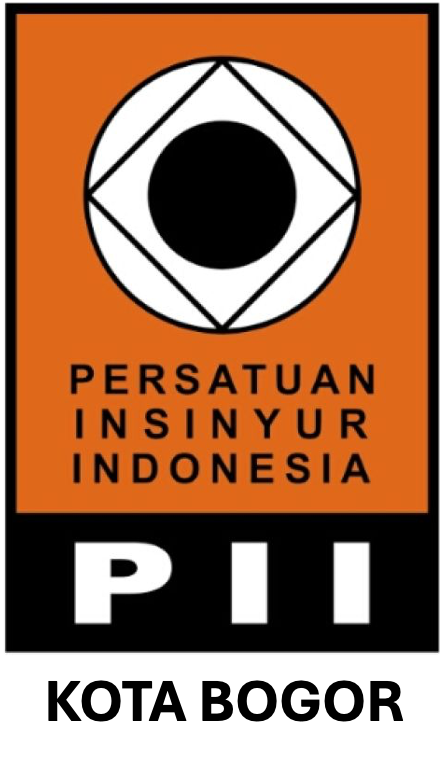DESIGN OF ZERO RUNOFF SYSTEM AT IPB DARMAGA CAMPUS, BOGOR, WEST JAVA
Abstract
Bogor Agricultural University (IPB) Campus is an urban area that experienced flooding when heavy rain occurred, especially at Graha Widya Wisuda (GWW)’s parking lot, Kamper Street (FEMA), Meranti Street, and Tanjung Street. The drainage system of IPB campus is a conventional system. It drain surface runoff as fast as possible to the outlet. Zero Runoff System (ZROS) is one of technologies to minimize runoff using water storage. The advantages of ZROS are runoff minimization, local aquifer’s recharge, and damage mitigation on public facilities. This research aimed to design ZROS at IPB Campus that capable to minimize surface runoff. This research started by water catchment area (WCA) delineation, design rainfall and peak runoff analysis, infiltration rate measurement, and ZROS design calculation. Based on frequency analysis the design rainfall was 125.68 mm. Sub-sub-WCA 1-1C (3 locations), 1-1B, 2-1B, and 2-2A were the flooding’s location. Water pocket is the proposed technology to be applied in ZROS. To mitigate flooding, sub-sub-WCA 1-1B, 1-1C, 2-1B, and 2-2A needed 44 units of water pockets with length of 1.20 m (sub-sub-DTA 1-1B, 2-1B, dan 2-2A) and 1.60 m (sub-sub-DTA 1-1C), with depth ranged from 2.41 m to 3.40 m.
Keywords: drainage, flood, runoff, water balance, ZROS
Downloads
Authors who publish with Jurnal Teknik Sipil dan Lingkungan, JSIL agree to the following terms:
a. Authors retain copyright and grant the journal right of first publication with the work simultaneously licensed under a Creative Commons Attribution License that allows others to share the work with an acknowledgment of the work's authorship and initial publication in this journal.
b. Authors are able to enter into separate, additional contractual arrangements for the non-exclusive distribution of the journal's published version of the work (e.g., post it to an institutional repository or publish it in a book), with an acknowledgment of its initial publication in this journal.
c. Authors are permitted and encouraged to post their work online (e.g., in institutional repositories or on their website) prior to and during the submission process, as it can lead to productive exchanges, as well as earlier and greater citation of published work (See The Effect of Open Access).










